The Southeast Asia War Gallery of the National Museum of the United States Air Force in Dayton, Ohio contains a number of exhibits of memorabilia from this era.
According to the Museum:
A product of the Cold War, the Southeast Asia War (1961-1973) began with communist attempts to overthrow non-communist governments in the region. United States participation in the Southeast Asia War resulted from the policy of "containment," which aimed to prevent communism from expanding beyond its early Cold War borders. The containment strategy seldom led to major combat, but as with the Korean War (1950-1953), the US committed large military forces to protect an allied, non-communist government.
The main U.S. goal in the Southeast Asia War was to protect South Vietnam -- initially from a local communist insurgency and later from conquest by communist North Vietnam. The U.S. also hoped to prevent the spread of communism to other nearby countries. Although popularly known as the Vietnam War, U.S. efforts included military action not only in South and North Vietnam, but also in neighboring Southeast Asian countries.
For many years in the early 20th century, the people of Southeast Asia struggled for independence from France. The U.S. gave France military assistance in fighting insurgents.
After the French defeat in 1954, Indochina was divided into North Vietnam, South Vietnam, Laos and Cambodia. A demilitarized zone formed the border between North and South Vietnam. North Vietnam, under Ho Chi Minh, became a communist nation. Concurrently, the U.S. sponsored the creation of the eight-nation Southeast Asia Treaty Organization (SEATO) to protect Cambodia, Laos and South Vietnam from the spread of communism.
North Vietnam soon declared its intention to reunite with South Vietnam -- by military means if necessary. In 1959 it began supplying a terrorist campaign in South Vietnam carried out by southern Vietnamese communist Viet Cong guerillas. Later, North Vietnam also began supporting communist guerillas in Laos.
What started as a small U.S. program to train the South Vietnamese army in 1961 grew into a massive military effort. U.S. combat operations began in South Vietnam, and eventually spread to North Vietnam, Laos and Cambodia. The increasing U.S. commitment aimed to combat local communist insurgents, North Vietnamese troops, and the flow of supplies supporting them.


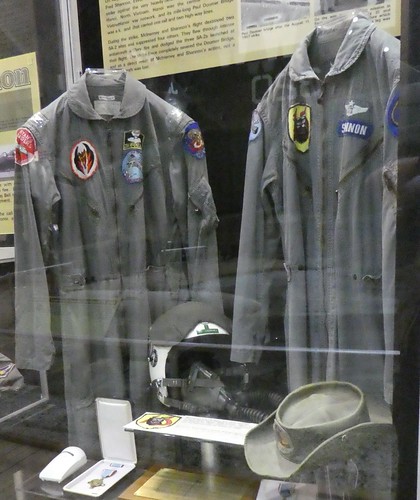
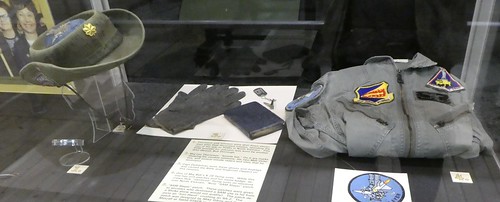

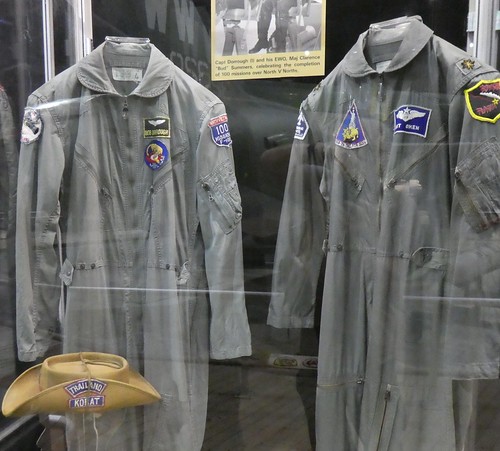
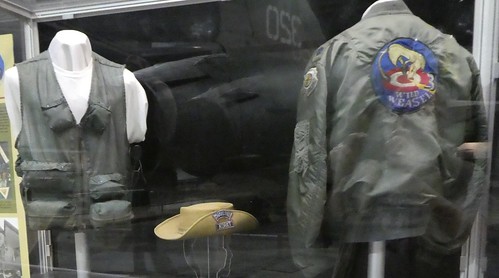

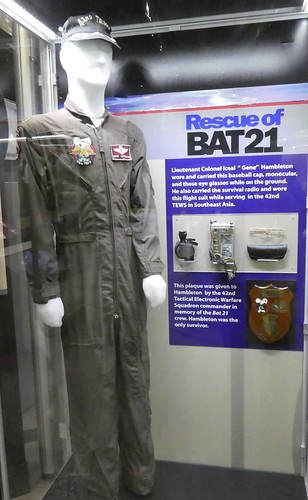
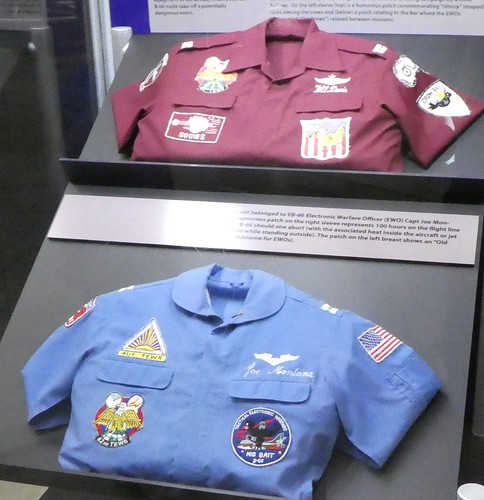
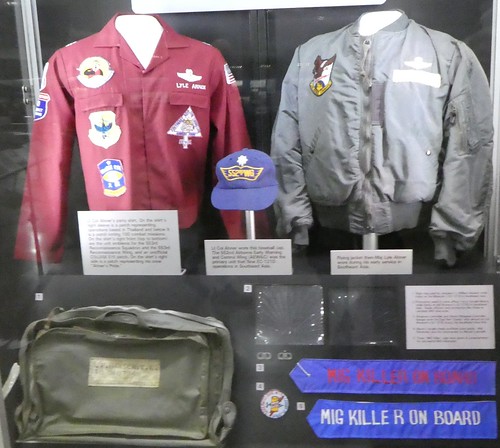

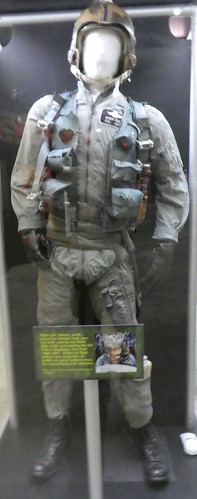
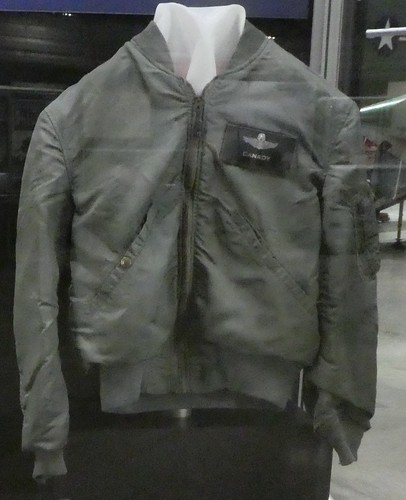
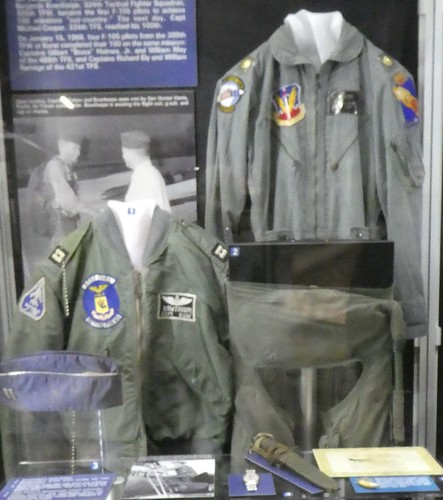
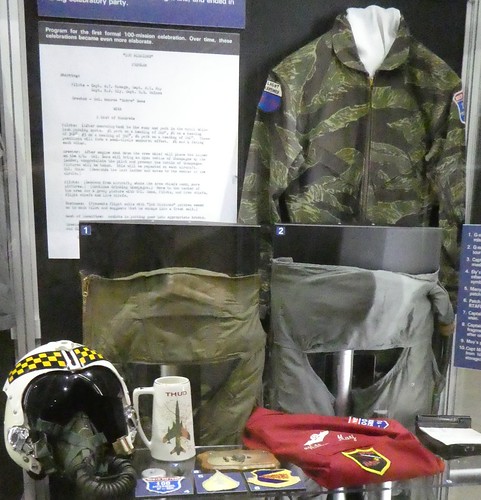

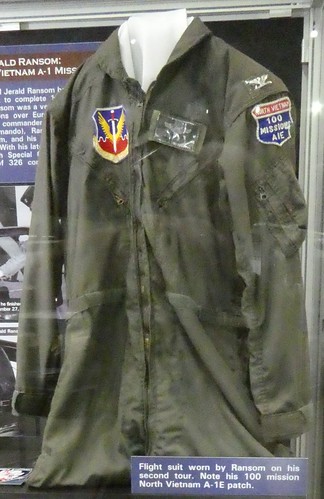
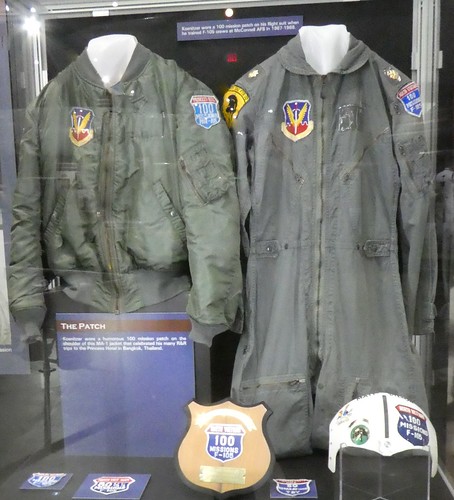
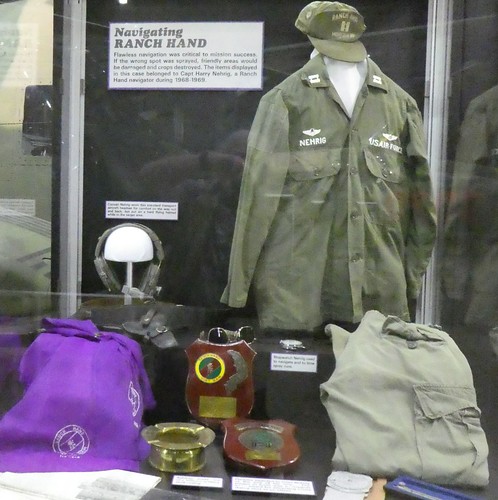


DShK-1938/46 Heavy Machine Gun
According to the Museum:
Used by communist forces in Southeast Asia, the Degtyarov-Shpagin Krupnokaliberny (DShK) machine gun presented a deadly threat to low-flying aircraft-like the Forward Air Controllers (FACs). Sometimes called Dushka (meaning "Sweetie"), they could be mounted on armored vehicles or tripods as anti-aircraft (AA) weapons. To avoid these weapons, aircraft had to fly higher, making them vulnerable to heavy-caliber anti-aircraft artillery (AAA) and surface-to-air missiles (SAM).
This DShK-1938/46, an improved version of the DShK-1938 used by Soviet forces in World War II, incorporated a more reliable feeding mechanism for its 12.7mm x 108mm ammunition (Krupnokaliberny translates as "large-caliber") which was roughly equivalent to the American .50 caliber. From the 1940s on, the DShK was manufactured by many communist nations and still remains in use today around the world.
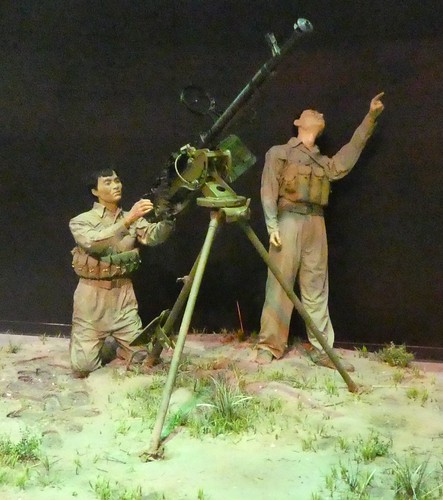
Cadillac Gage V-100 (XM706E2) Commando
The Air Force Security Police used the V-100 Commando to patrol base perimeters. It is powered by a Chrysler 360 cubic inch V-8 and has a manual 5-speed transmission with 4-wheel drive.

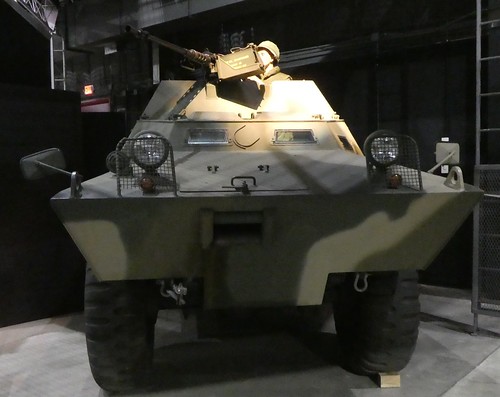

AGM-45 Shrike Anti-Radar Missile
According to the Museum:
Originally developed by the U.S. Navy from the Sparrow air-to-air missile, the anti-radar AGM-45 Shrike homed on and destroyed radar emitters. The Shrike gave Wild Weasel crews a limited standoff capability, and it remained an important anti-radar weapon until the end of the Southeast Asia War.
Although much better than the unguided rockets previously used, Shrikes were not ideal weapons. The AGM-45's sensor head had a narrow field of view, so the launch aircraft had to be pointed toward the SAM site. The Shrike had less than half the range (about seven miles) and was slower than the SA-2 (Mach 2 compared to Mach 3.5). Therefore, Wild Weasels had to enter the reach of an SA-2 site to attack it with the Shrike, and the SA-2 would arrive at its destination before the Shrike did. Lastly, the Shrike had no memory chip to "remember" where the radar was, so if an enemy radar emitter shut down, the missile would miss the target.
Overcoming the missiles' limitations, Wild Weasel crews learned to use Shrikes effectively, often using them to mark radar site for attack with unguided rockets and bombs. Even if a crew did not get a kill, Shrike missiles suppressed enemy radar sites by making them shut down to avoid getting hit.

ALQ-71 Electronic Countermeasures (ECM) Pod
Carried by fighter aircraft, ECM pods jammed enemy radars by emitting high powered radio signals. While the F-105F Wild Weasels carried ECM pods because of a standing ordering requiring tactical aircraft flying over North Vietnam to carry one, most crews did not turn them on.

B-52 MD-9 Hemispheric Gun Sight with the Optical Sight

YF119-PW-100L Augmented Turbofan Engine
According to the Museum:
In the 1980s Pratt & Whitney, a unit of United Technologies Corp., developed the YF119 prototype engine to meet USAF and U.S. Navy requirements for the Advanced Tactical Fighter Demonstration/Validation program. In 1990 it flew in both the Lockheed-Boeing-General Dynamics YF-22 and the Northrop-McDonnell Douglas YF-23 prototype aircraft.
To reduce maintenance, Pratt & Whitney designed the engine to use 40 percent fewer parts when compared to the then-current operational engines. The YF119 engine allows supersonic flight of the aircraft without using the afterburner, resulting in fuel savings and increased combat radius and effectiveness. In April 1991 the USAF selected the F119 engine for the F-22, Advanced Tactical Fighter.
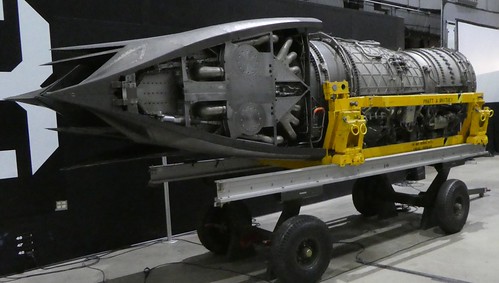
Garrett AiResearch T76 Turboprop Engine

More Memorabilia
Air Force Museum: Korean War Memorabilia (photo diary)
Air Force Museum: Airmen in a World at War (photo diary)
Air Force Museum: World War I memorabilia (photo diary)
Air Force Museum: Early aircraft engines (photo diary)
Air Force Museum: World War II guns and bombs (photo diary)
Air Force Museum: World War II flight jackets (photo diary)
Air Force Museum: Aviator jackets (photo diary)
Air Force Museum: Flight clothing (photo diary)


